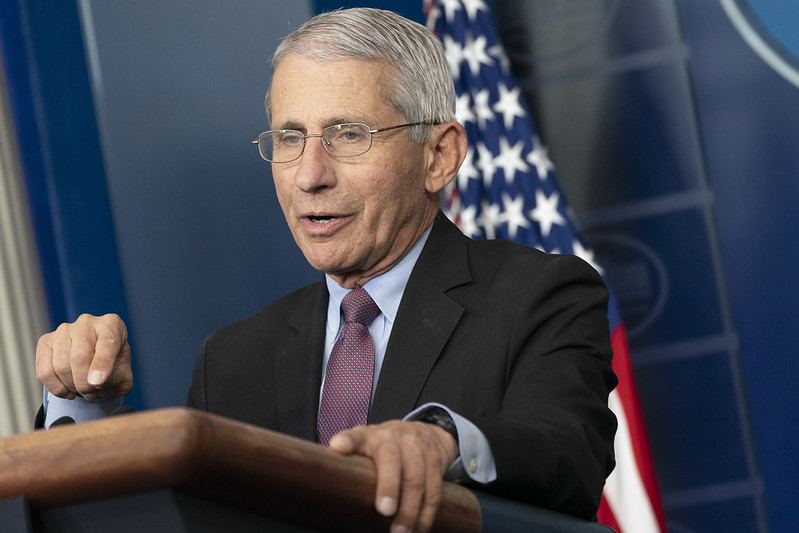Just 10 days after issuing it, the U.S. Food and Drug Administration and the U.S. Centers for Disease Control and Prevention lifted their “pause” on the use of the Johnson & Johnson COVID-19 vaccine. Initially sparked by six reported cases of a rare blood clot, out of more than 6.8 million doses administered, the decision also came amid a pandemic that continues to infect 50,000 more Americans every day.
Taken together, these facts highlight that the federal government lacks a coherent or consistent approach to risk. As we continue toward a new normal after the pandemic, we must take stock of what we have learned and update our assumptions about how the government approaches risk.
One question about the CDC and FDA’s decision was whether the agencies overreacted to a minuscule risk easily outweighed by the benefits of vaccination. Another was that pausing the vaccine would make more people hesitant to get vaccinated. Indeed, the early evidence suggests it has. A Washington Post-ABC News poll found that just 22 percent of unvaccinated Americans said they would consider getting the J&J vaccine were it to be put back in use. For their part, the CDC and FDA respond that their oversight promotes trust in vaccines.
Regardless of whether regulators made the right decision, it demonstrates a common issue in risk assessment. For any given risk, we must decide whether we are more concerned about false positives or false negatives. We also need to balance whether delaying a decision to reduce uncertainty outweighs the risk of making the wrong decision. There are also always tradeoffs between ensuring that consumers have information to navigate risk on their own versus reducing the risks consumers face in the first place.
The CDC and FDA are far from the only agencies tasked with making these sorts of judgment calls. The Federal Aviation Administration and National Highway Traffic Safety Administration focus on risk in our transportation systems. The Environmental Protection Agency regulates activities that present risks to the environment. Many of the agencies within the departments of Defense and Homeland Security are devoted entirely to risk-management questions. The Federal Trade Commission is empowered to act against conduct that “causes or is likely to cause substantial injury to consumers.”
Each of these government entities approaches risk differently. Antitrust law, for instance, tends to be concerned about the potential costs of mistaken decisions by regulators to intervene in markets. In commercial aviation, regulators seek to eliminate risk entirely, recognizing that even a single significant crash could undermine trust in the entire industry. We tolerate greater risk on America’s roads, in part because cars must be affordable to be useful. Consumer trust in pharmaceuticals, by contrast, may be tied to the reputation of the FDA itself.
There is no clear reason to believe any one of these represents a universally correct approach. But it is almost certainly the case that there are circumstances in which each agency either accepts too much or too little risk. Just as we want epidemiologists studying the safety of new drugs, we should want experts in risk management studying the conclusions epidemiologists draw about drug safety. Those experts in risk should also study the decisions made by agencies across the government, to continually improve how we can most effectively regulate, given persistent uncertainty.
Ongoing assessment of our approaches to risk—including retrospective analyses and periodic guidance to agencies and to Congress—should be a basic function of the federal government. It is crucial that we continually update our priors, learning from past experiences to better prepare ourselves for future circumstances.
A pandemic is a generational risk event. We have made many tragic mistakes over the past year; we only compound those tragedies if we do not learn from them. One of the clearest lessons is that we are not good at responding to risk. We can’t risk not learning from that.

